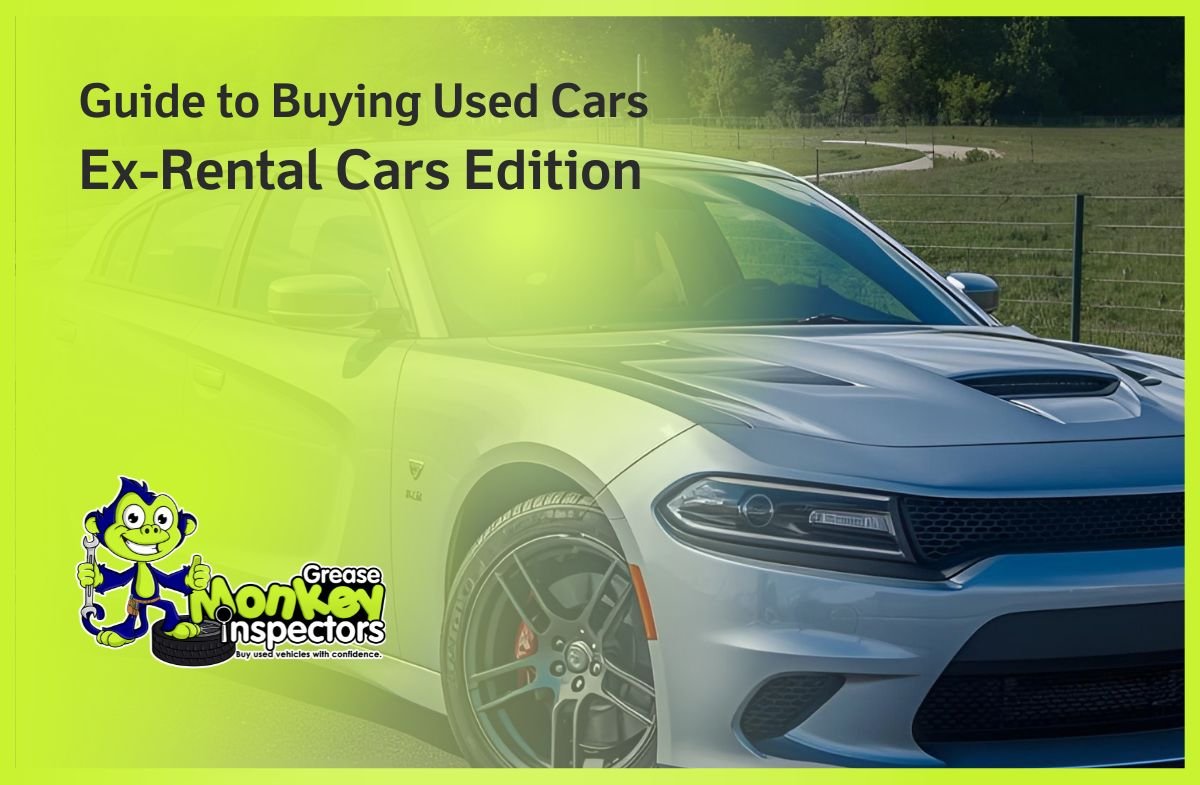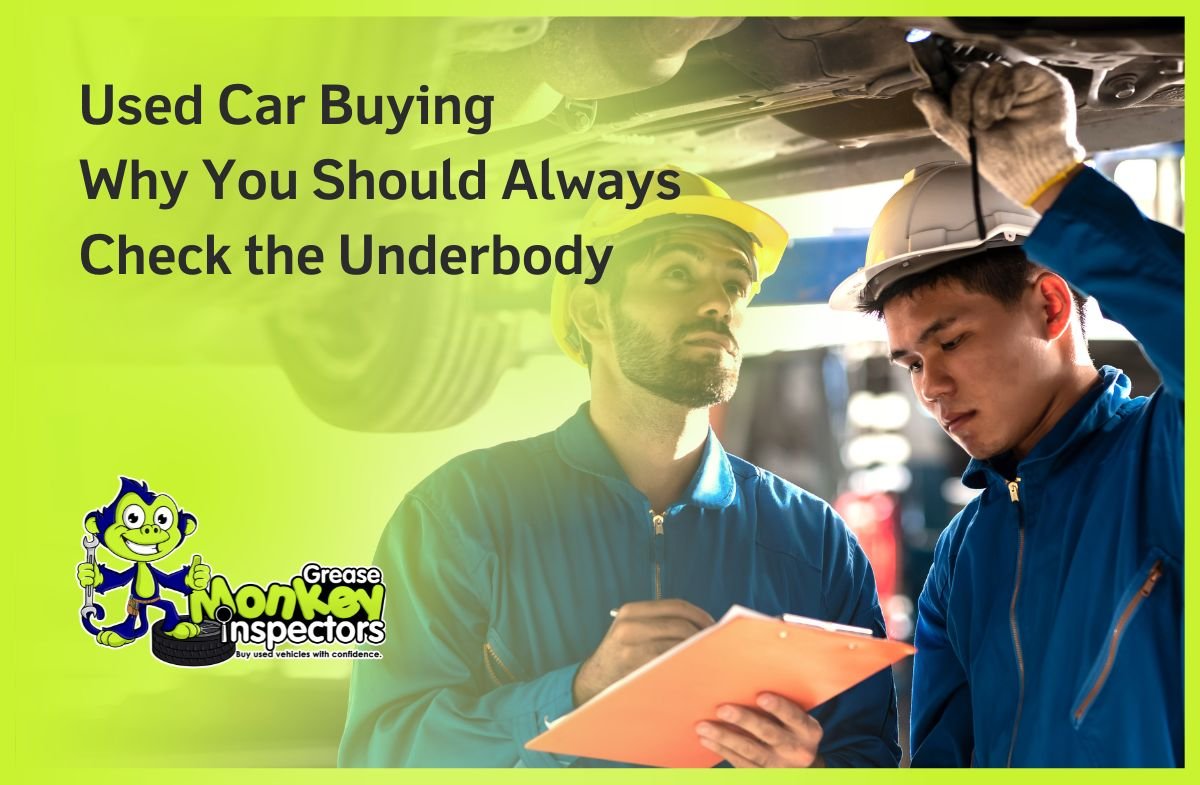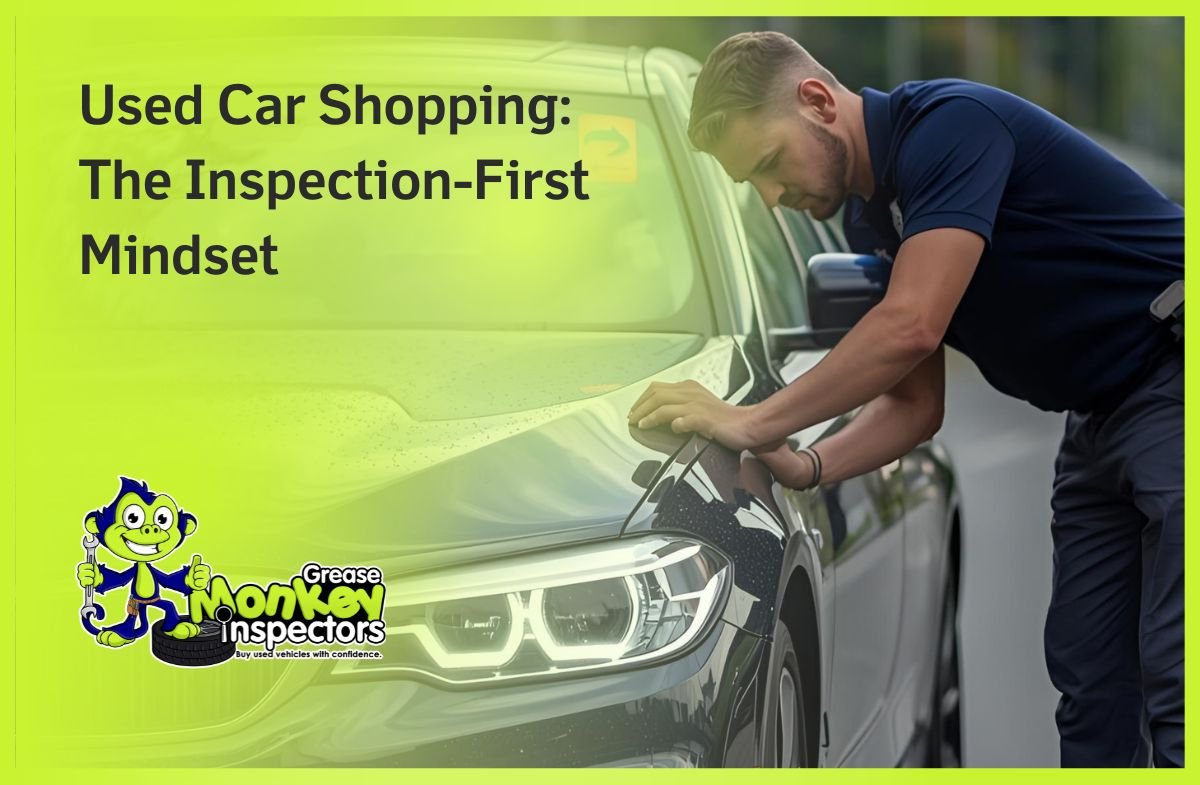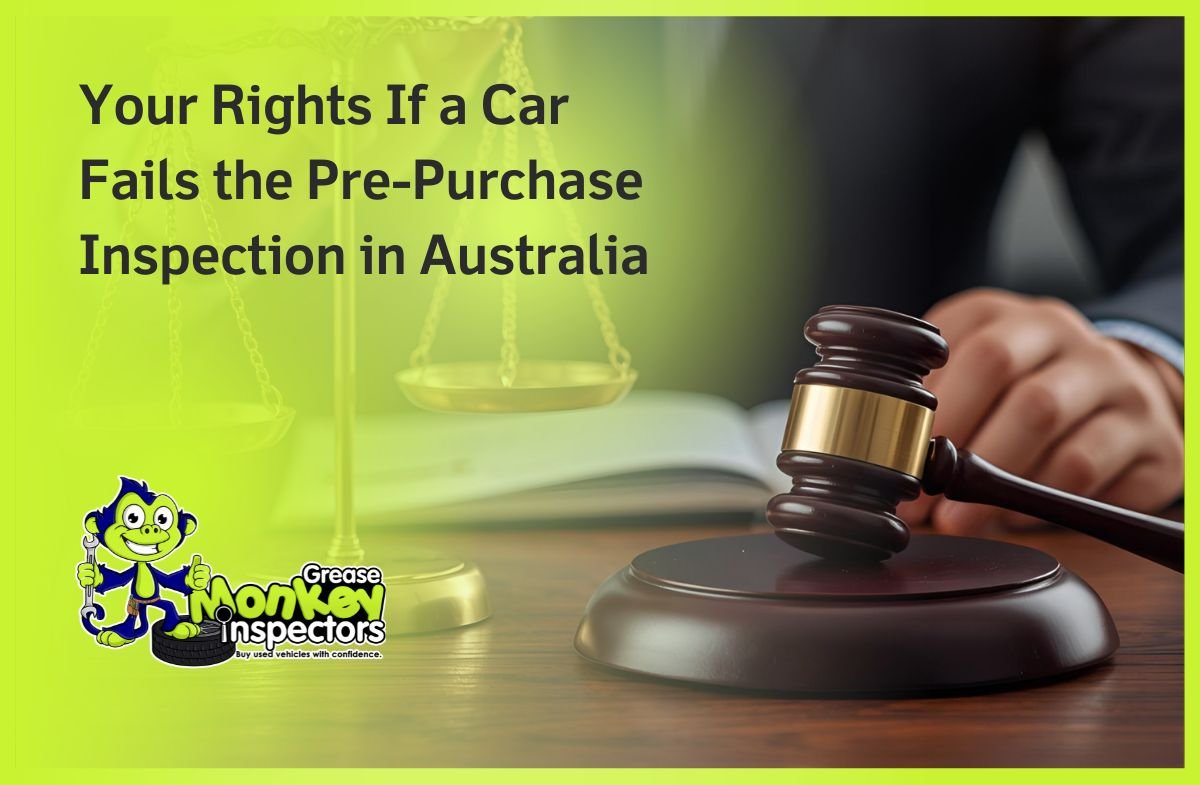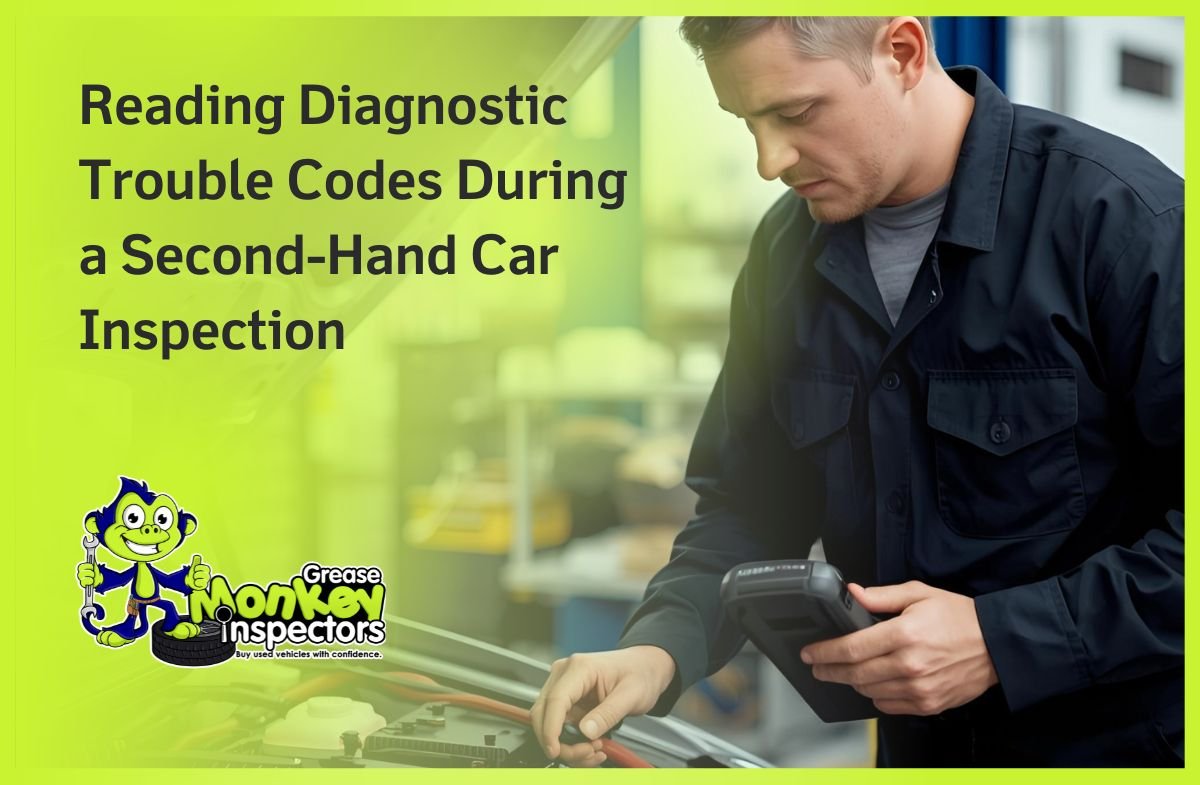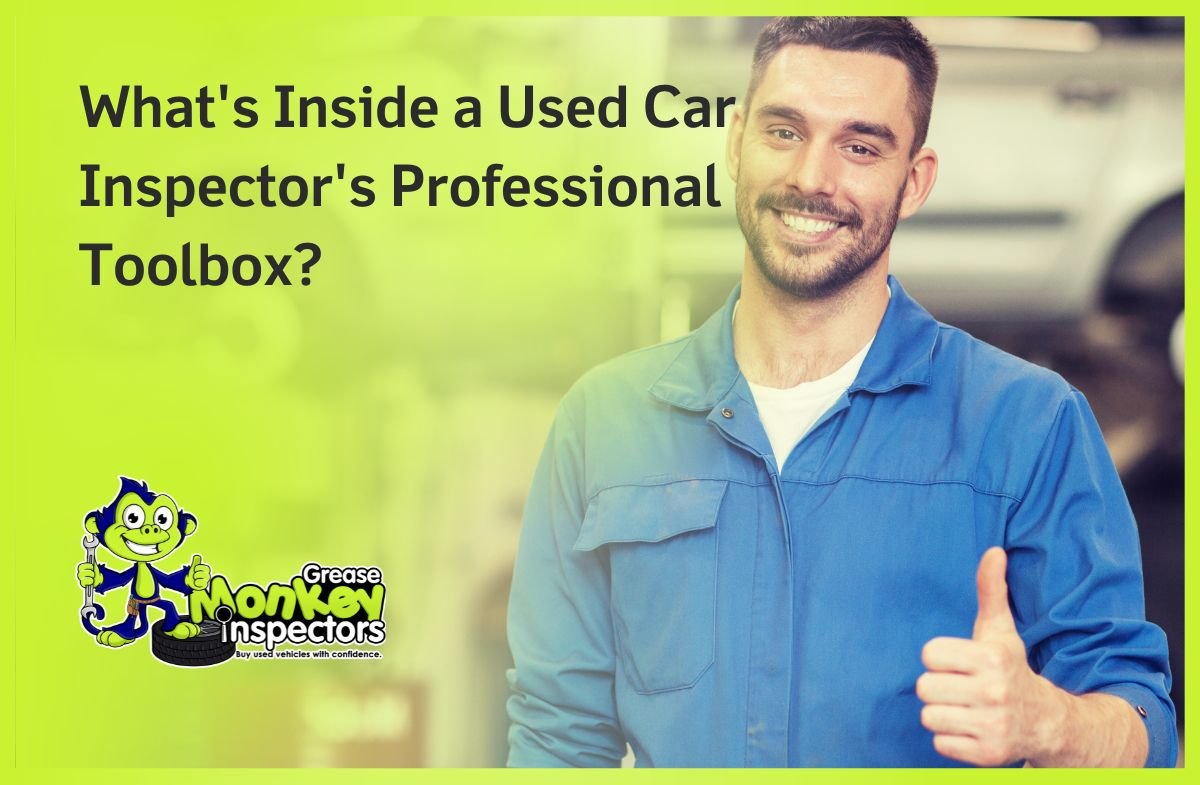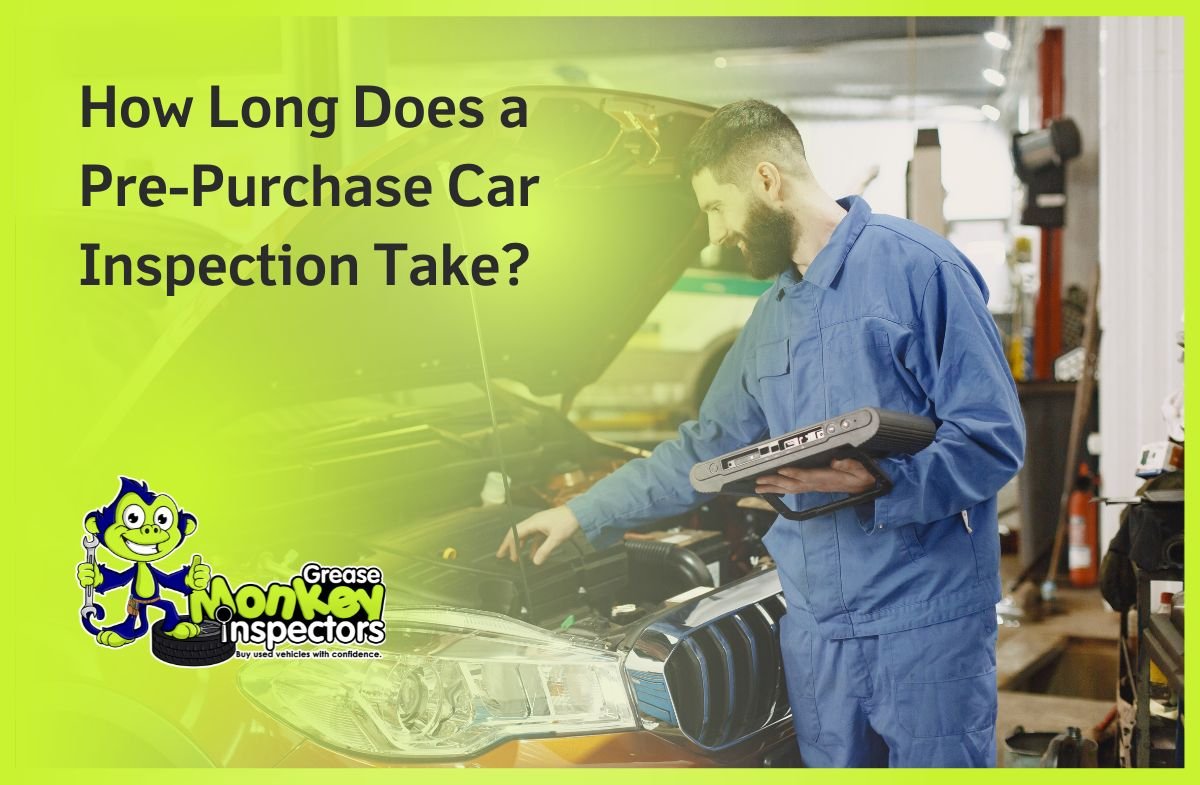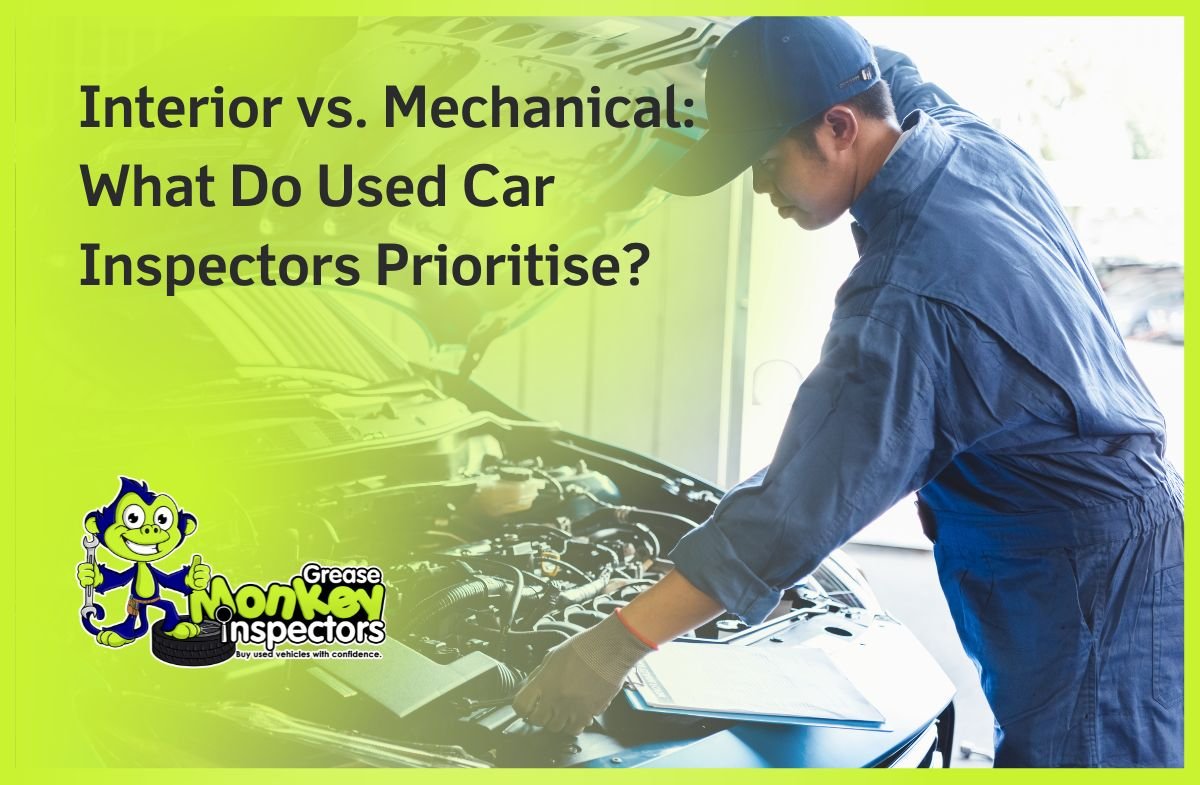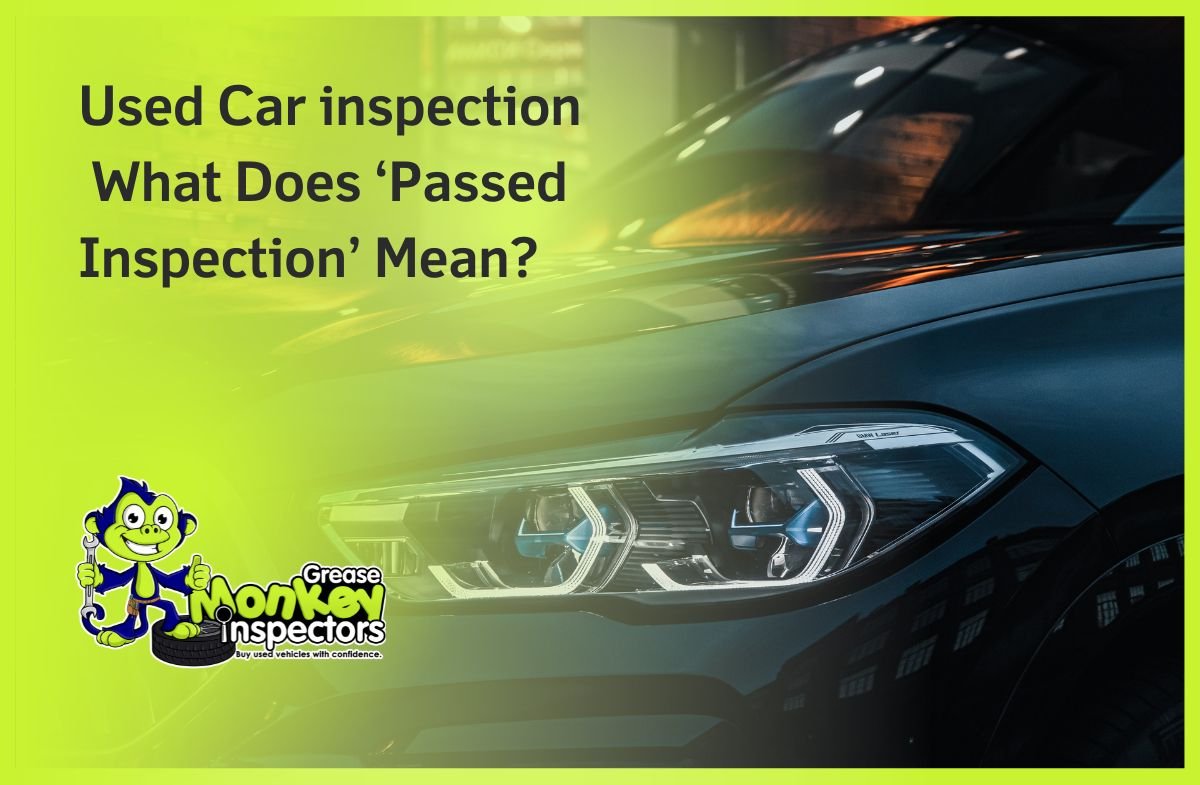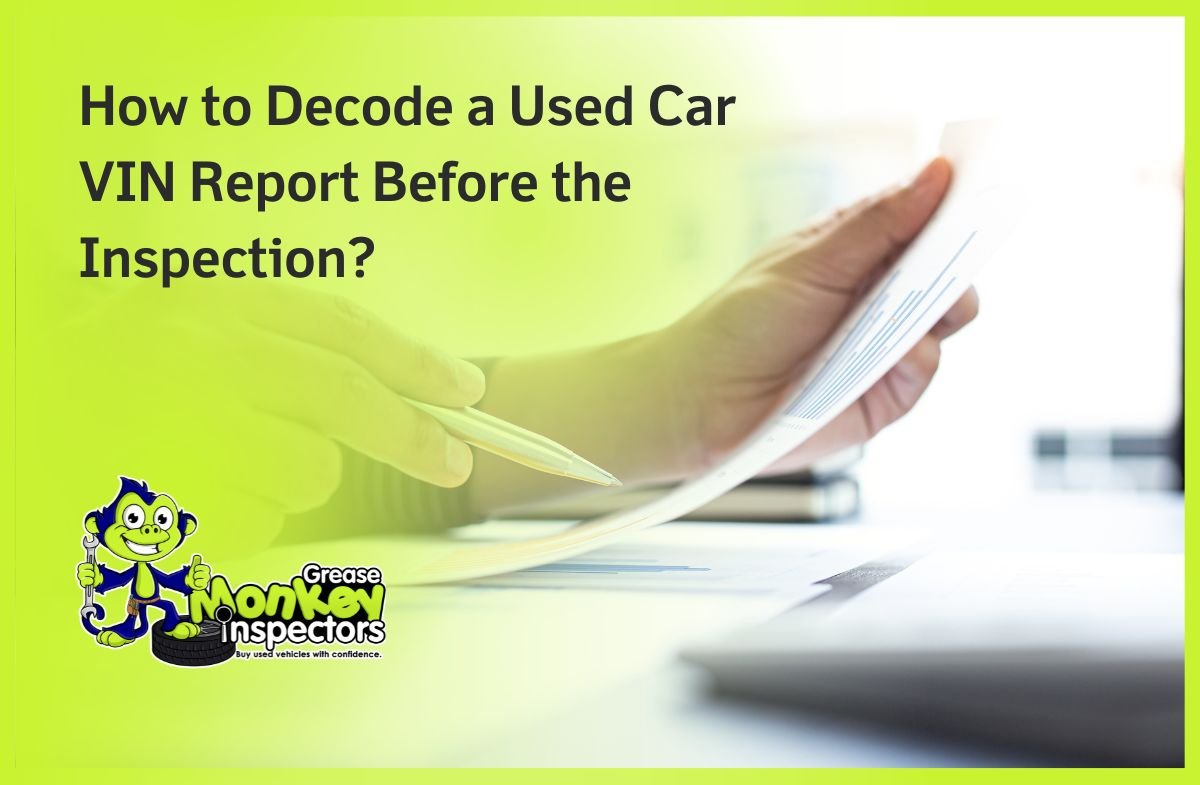Ex-rental cars make up a big chunk of Australia’s used car market and can be a great option for savvy buyers. They’re often more affordable and come with solid maintenance records and are ideal for anyone looking to save money on their next ride.
Buying Used Cars | Why Ex-Rental Cars Are Worth Considering?
Ex-rental cars have some pretty compelling perks. Rental companies are known for keeping their cars in great shape. They stick to strict maintenance schedules and make sure everything is serviced and repaired on time. This means these used cars are often better looked after than private vehicles.
Another big bonus? The price. Ex-rental cars are typically 10-20% cheaper than similar privately owned used cars. This means you could snag a newer model with better features for less.
What to Watch Out For?
Ex-rental cars aren’t, of course, perfect. These vehicles have seen a lot of drivers and each with different habits. Not everyone treats a rental like they own it so there’s a chance the car didn’t always get the gentlest treatment.
They also tend to rack up higher mileage since they’re driven constantly. The interior might also show a bit more wear and tear from passengers and luggage. It’s not a dealbreaker but definitely something to keep in mind.
Used Car Buying | What to Inspect Before You Buy?
Make sure to take a good look at the engine, brakes, tires and interior when checking out ex-rental cars. Watch for any signs of wear, damage or anything that could affect how it runs or its value.
This is why a professional car pre purchase inspection is a smart move. Experts can spot potential problems that might not be obvious, giving you a clearer picture before you commit.
Used Car Buying | Buy an Ex-Rental
Ex-rental cars can be a fantastic deal if you choose wisely. The key is doing a proper evaluation and, if possible, getting a professional to look it over.
We at Greasemonkey Inspector specialise in thorough used car inspections in Melbourne. Our team provides detailed reports to help Melbourne buyers make confident, informed decisions. With our help, you’ll know exactly what you’re getting—no surprises.

